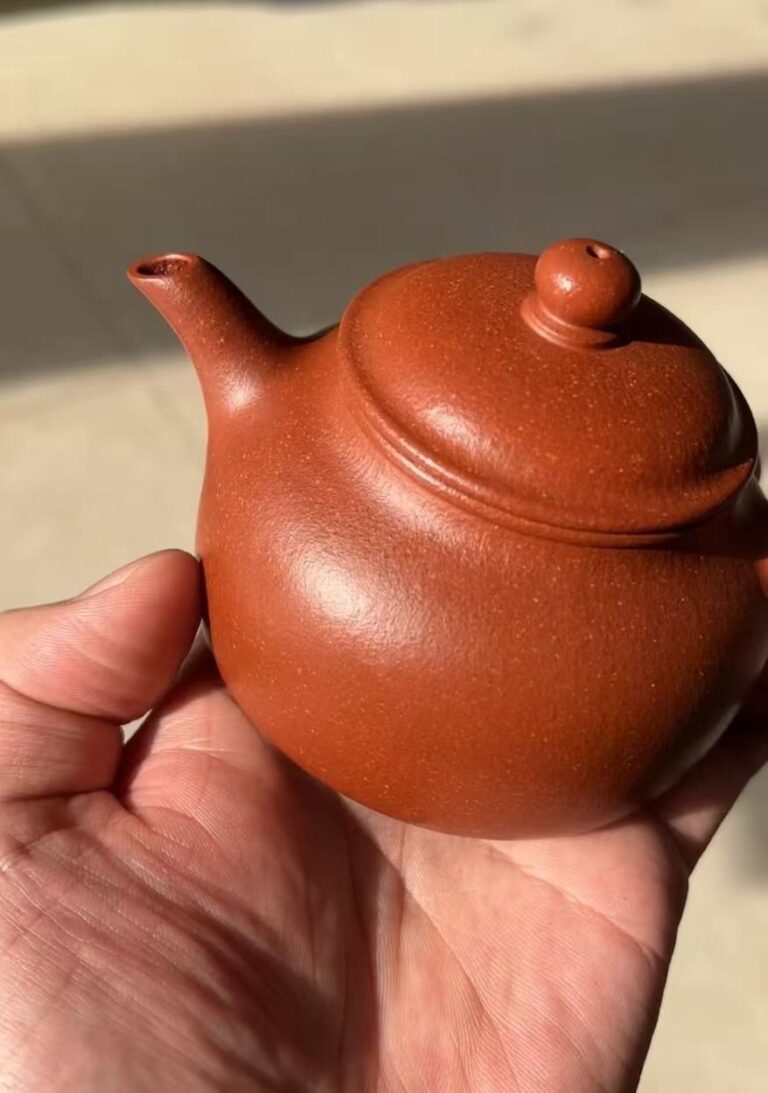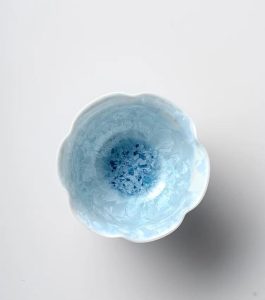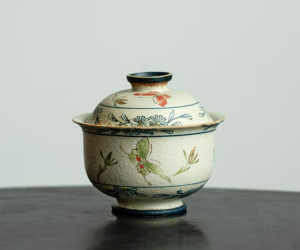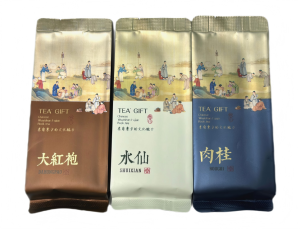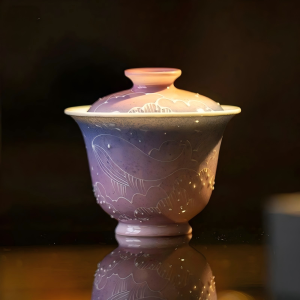
When summer arrives, tea lovers often split into two camps: those who swear by steaming cups of hot tea and those who can’t resist the refreshing smoothness of cold brew tea. While hot brew tea has been the traditional favorite for centuries, cold brew has gained popularity for its naturally sweet flavor and cooling qualities. But what truly sets them apart? The answer lies in the brewing method and how it impacts taste, aroma, and the compounds extracted from the tea leaves.
Brewing Methods – Cold Brew Tea vs Hot Brew Tea
The first and most obvious difference lies in how the tea is brewed.
- Hot Brew Tea is made using boiling or near-boiling water, typically between 80–100°C (176–212°F), depending on the tea type. This method quickly extracts flavor, aroma, and active compounds, which is why hot tea is often richer and more aromatic. Traditional brewing also allows for multiple quick infusions using a gaiwan or teapot.
- Cold Brew Tea, on the other hand, is prepared by steeping tea leaves in cool or room-temperature water for several hours (usually 4–12 hours). It’s often made in sealed glass bottles or directly in bottled water for convenience. This slow extraction process highlights sweetness and freshness, creating a smoother, less bitter profile.
Some tea drinkers even experiment with a middle ground: hot-brewing tea and then chilling it for a refreshing iced version.
How Brewing Temperature Affects Tea Flavor

Tea brewing is essentially the process of extracting soluble compounds from the leaves, and temperature plays a critical role.
- Hot Brew Tea releases polyphenols, catechins, and caffeine more quickly. This results in a stronger aroma, deeper color, and brisk taste — sometimes with bitterness or astringency, depending on the tea.
- Cold Brew Tea extracts amino acids faster than polyphenols, giving the tea a sweeter, lighter, and smoother flavor. The lower temperature slows down the release of bitter compounds like caffeine and tannins, making cold brew less astringent and easier on the palate.
Research has shown that while hot tea produces more antioxidants in minutes, cold brew can achieve comparable levels over a longer steeping period.
The Taste Profile of Cold Brew Tea

Cold brew tea is prized for its delicate sweetness and refreshing smoothness. The flavor is clean, light, and often slightly fruity, without the bitterness or strong tannic notes found in hot brews.
Best teas for cold brewing include:
- Green tea (especially young spring teas with tender leaves)
- White tea (Silver Needle, White Peony)
- Lightly roasted oolong tea
- High-grade black teas (Golden Monkey, Keemun Maofeng)
Because cold brewing preserves aroma and freshness, it’s a popular choice for hot summer days when a cooling, hydrating drink is needed.
The Taste Profile of Hot Brew Tea

Hot brew tea delivers a full-bodied, aromatic experience. When brewed properly, it brings out the tea’s complexity — from floral and vegetal notes to roasted and malty undertones.
- Green tea brewed hot has grassy freshness with umami richness.
- Oolong tea reveals layered floral and roasted notes.
- Black tea offers bold, malty sweetness with brisk character.
The quick release of compounds makes hot tea more intense and fragrant, but it can also turn bitter if oversteeped or brewed at too high a temperature.
👉 The Impact of Brewing Temperature on Pu-erh Tea
Cold Brew vs Hot Brew: Which One Should You Choose?
There’s no definitive “better” method — it all depends on your mood, health preferences, and occasion.
- Choose cold brew if you want a refreshing, low-caffeine, naturally sweet tea that’s easy to sip throughout the day.
- Choose hot brew if you want a warming, aromatic tea that showcases complexity and tradition.
Both methods highlight different sides of the same tea leaves, making them complementary rather than rivals.
Final Thoughts
Whether you’re a devoted hot tea drinker or a curious cold brew fan, understanding how temperature and brewing time affect flavor can transform the way you enjoy tea. On a summer afternoon, a bottle of cold brew tea is cooling and smooth. On a chilly morning, a steaming cup of hot brew tea is comforting and rich.
👉 From smooth cold brews to bold hot infusions, discover teas that shine in every style. Browse our Pu-erh Tea selection and Oolong Tea selection today.

